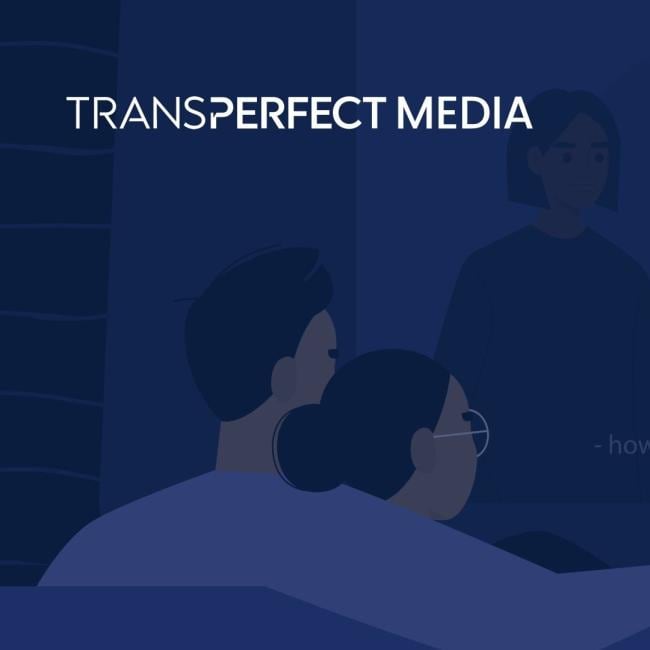How to Succeed Globally with Online Video


Updated May 20, 2019.
According to a BrightRoll study, 75% of the world’s top advertising agencies believe online video is more effective than TV when it comes to reaching customers, and 68% believe it is more effective than social media.
Why You Should Create Video Ads
Global online video ad revenue reached $7 billion in the first half of 2018. To put this figure into perspective, total video ad revenue for all of 2013 was $2.8 billion—according to a report from Business Insider. The latter report also indicated that digital video ad views exploded in 2013, topping over 35 billion views in December alone and averaging more than 100% year-over-year monthly growth during the year.
Despite a recent surge in growth, one lingering problem remains. Online video advertisements are significantly more expensive than other digital formats, and while prices are steadily declining, it still begs the question: How can companies ensure their video content is effectively resonating with global customers so they can maximize their return on digital advertising investment?
Creating Effective Video Content is Easier Said Than Done
Localizing video content to reach customers around the world is no easy feat. Cultural implications play a huge role in creating content. A message that may “play well” in one market, may fail miserably in another. When it comes to linguistics, accurately adapting terminology and ensuring correct local pronunciations in dialogue are key factors in making sure your video doesn’t fall flat.
Adhere to the following best practices when taking your videos global:
- Not all campaigns and concepts “translate” from one market to the next, and it’s easier than you think to offend your audience with a cultural snafu. Conducting a cultural review of the video messaging on the front end is key to ensuring you don’t negatively impact your brand image in the target market.
- Scripts and creative content should undergo copy adaptation. The spoken word often differs from the written word, and it’s important to pay close attention to idioms and humor—elements that appear often in advertising —when adapting material for different cultures.
- Casting professional, native-speaking voice and on-screen actors is imperative. Too often companies cut corners by using under-qualified resources, which can prove to be a risky endeavor.
- Using expert, bilingual directors throughout the production process is a critical element to achieving overall success. They monitor all actors to verify proper tone, pronunciation, and expression. Bilingual directors also provide cultural expertise throughout the process, and work closely with post-production editors to ensure proper timing, mixing, and delivery.
If you’re looking for more strategy, advice, or best-practices geared toward social media video ads, check out Falcion.io’s articles for Facebook and Instagram.
When choosing a partner to repurpose your videos for distribution in different cultures, it’s crucial to understand the depth of their experience with the target audience. The creative agency that developed the original video might not be qualified to adapt the video into another language. Look for a provider that not only has the necessary language credentials, but also the technical resources to handle the entire recording, editing, and QA process under one roof—which will ensure the highest quality and most cohesive end product.



